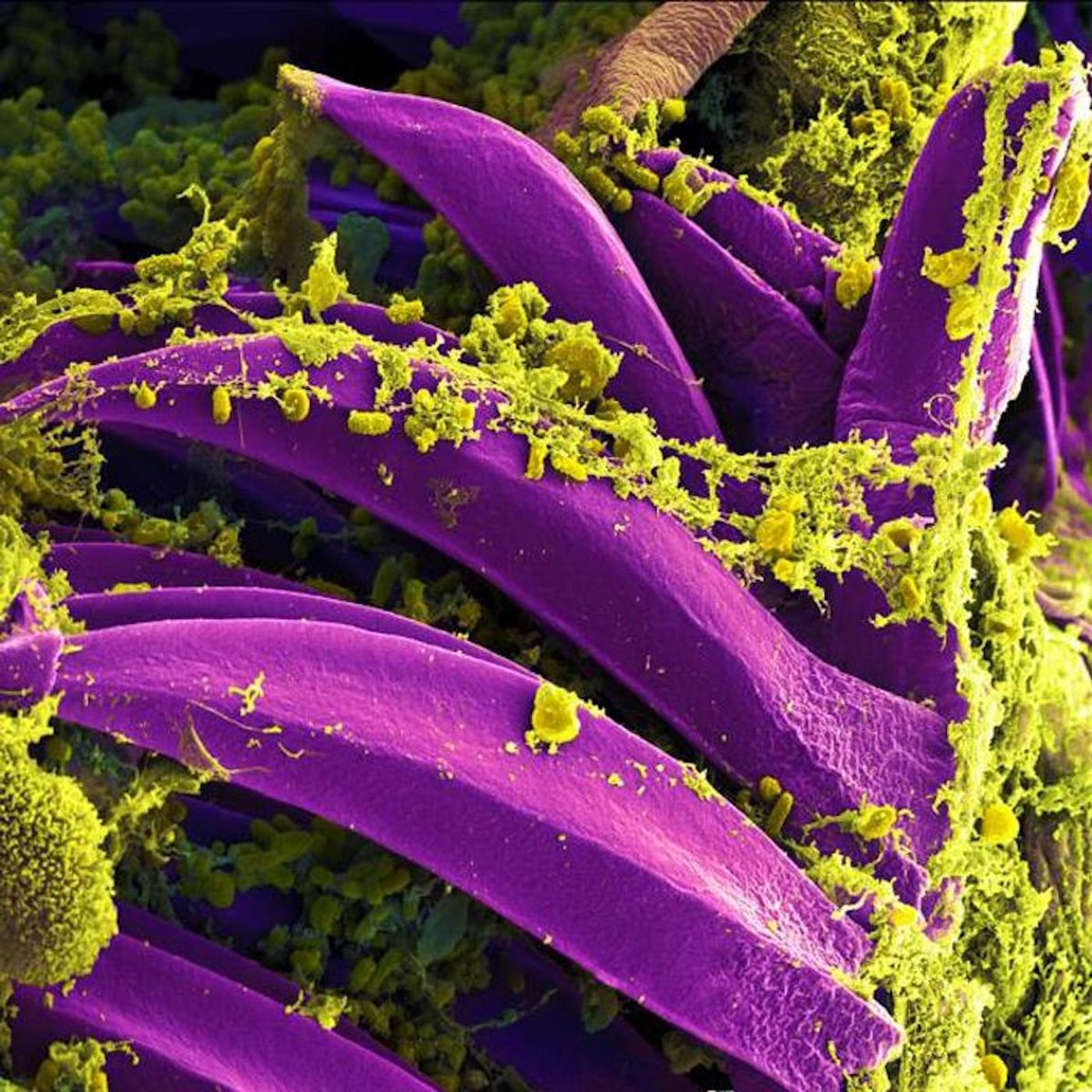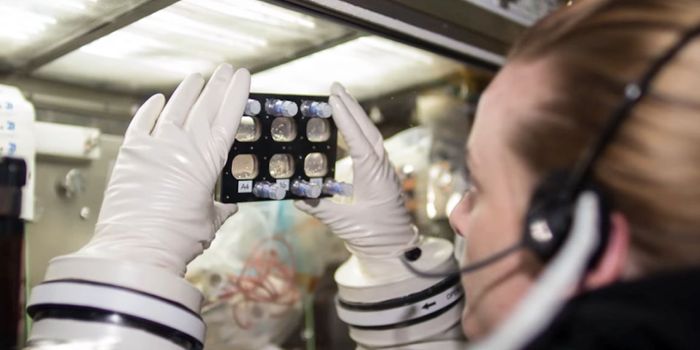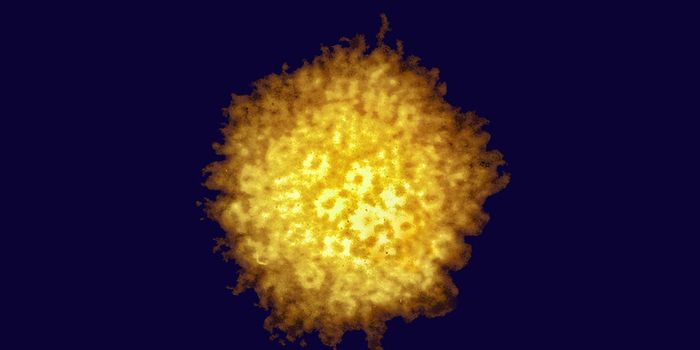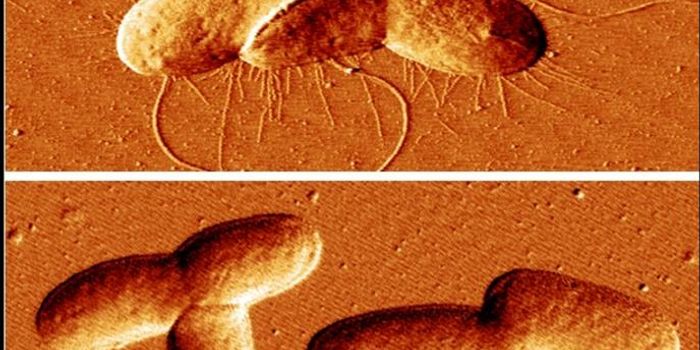Revealing the Origin & Spread of the Black Death
Scientists have long sought to understand how Yersinia pestis, a gram-negative bacterium that causes plague, evolved to create the strain that caused the Black Death. Research has shown that round the time that deadly strain emerged, there was an explosion of genetic diversity in Y. pestis, which generated four new lineages of the germ. Some of them still persist in rodents today. One lineage caused the Black Death and other outbreaks in Europe.
The original strain that generated all these pathogens was not thought to have emerged in Europe. Black Death victims carry a strain of Y. pestis that has a slightly different sequence from the ancestral genome. The researchers were close, though; the strain carried by Black Death victimes only differs by two mutations from the original.
An archeological dig near Lake Issyk Kul in what is now northern Kyrgyzstan recently uncovered 'pestilence' victims. Researchers studying plague genomes had a hunch they might find the ancestral strain there, and decided to examine DNA from those individuals. They did discover Y. pestis in the victims, and the strain they carried was exactly what the investigators were expecting from an ancestral strain. It is also similar to a strain found in rodents that live near the area today. The graves are dated from 1338 to 1339; this is where the plague first began killing people. The findings were reported in Nature. The scientists suggested that an animal probably carried Y. pestis first, and then it infected a human.
Rodents may have easily hitched a ride with passing trade convoys, bringing plague to a new continent. Black rats and the fleas that live with them were everywhere at the time. It's easy to imagine how plague spread easily with human movements.
Three rodent species can easily live around humans, and moved with us around the world; the house mouse (Mus musculus), brown rat (Rattus norvegicus), and black rat (Rattus rattus). There were black rats throughout Europe until about the 18th century, when they began to decline.
New research has shed more light on how the Black Death spread across Europe, and showed that the black rat (also known as ship rats) colonized the continent twice as it dispersed the disease. This study in Nature Communications is the first in-depth genetic analysis of the ancient black rat's genome.
Rats first colonized Europe during the Roman period, and there is evidence that black rats declined and may have even disappeared as the Roman Empire fell. The researchers noted that climate change and the Justinian Plague in the 6th century may have also had an influence. The black rats returned in the Medieval period as human settlements built up again and long-range trade resumed; they followed the flow of human culture and empires. A genetic analysis was performed on the remains of rats found at archeological sites in Europe and North Africa that from the 1st to the 17th centuries.
While researchers have known for a long time that rat populations can be linked to human activity, and the expansion of Rome brought them to Europe, this research revealed something novel.
A "remarkable result of our study is quite how much of a single event this seems to have been: all of our Roman rat bones from England to Serbia form a single group in genetic terms,” said Dr. David Orton of the University of York. “When rats reappear in the Medieval period we see a completely different genetic signature, but again all of our samples from England to Hungary to Finland all group together. We couldn’t have hoped for clearer evidence of repeated colonization of Europe.”
Since brown rats are dominant in modern Europe, the history of black rats in Europe has been obscured, noted study co-author Alex Jamieson of the University of Oxford. “Generating genetic signatures of these ancient black rats reveals how closely black rat and human population dynamics mirror each other.”
Sources: University of York, Science, Nature, Nature Communications









